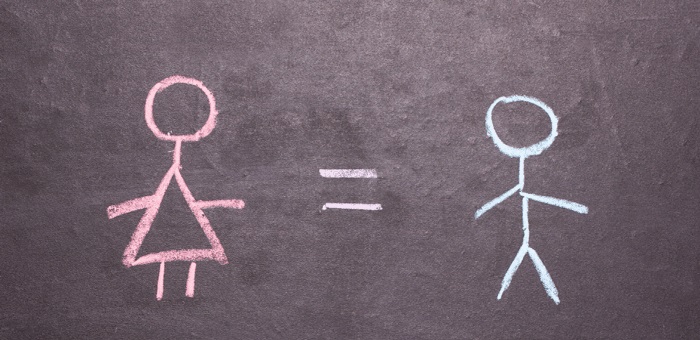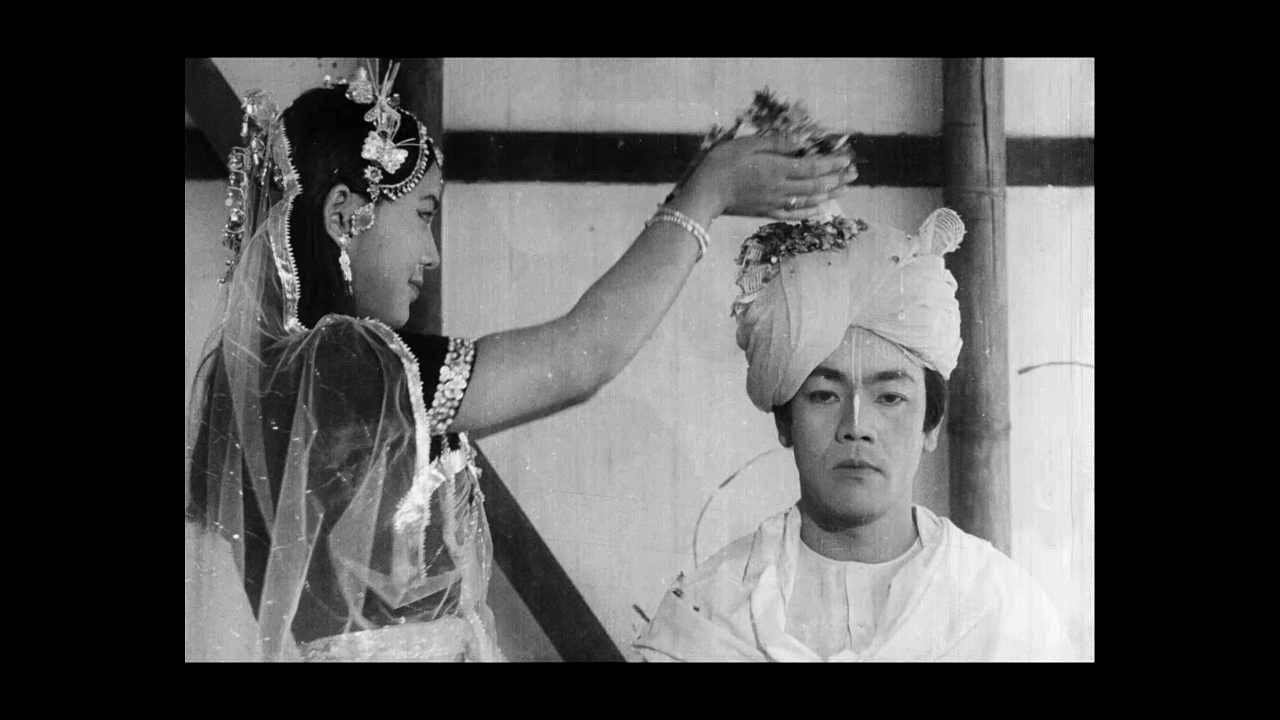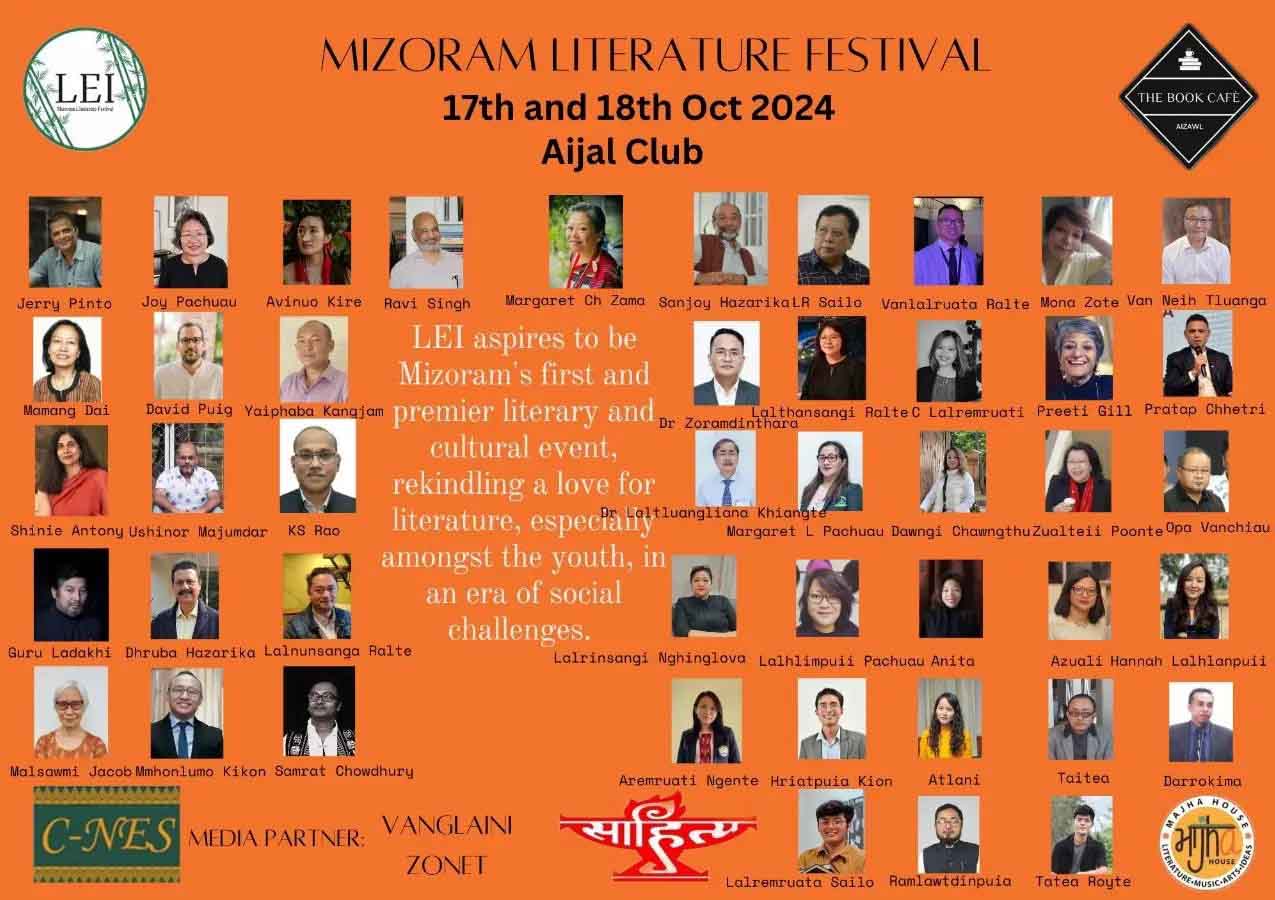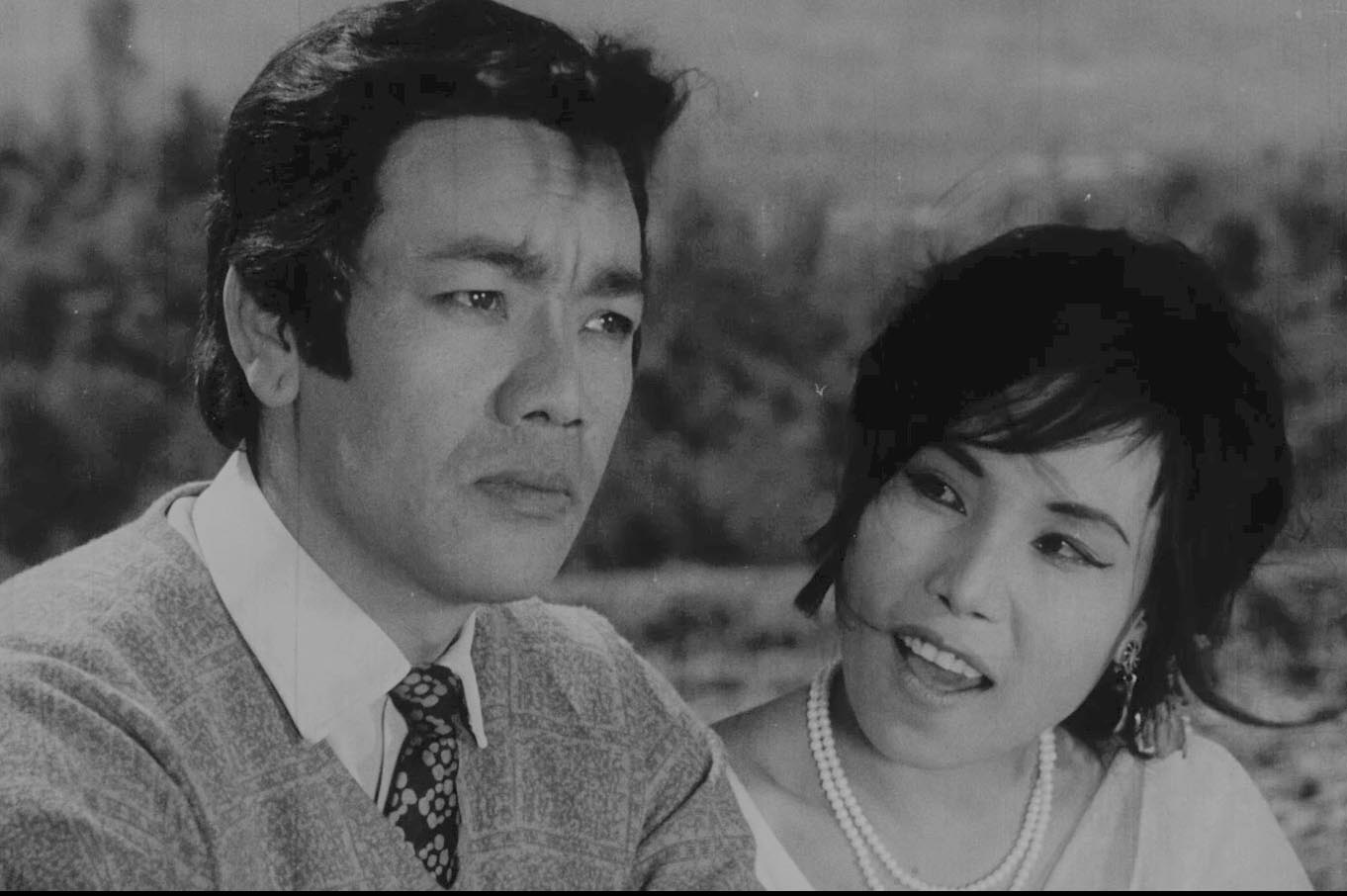Turning and turning in the widening gyre
The falcon cannot hear the falconer;
Things fall apart; the centre cannot hold:
Mere anarchy is loosed upon the world,
The blood-dimmed tide is loosed, and everywhere
The ceremony of innocence is drowned;
The best lack all conviction, while the worst
Are full of passionate intensity.
—W. B. Yeats (The Second Coming)
Decades ago, when I used the words from W.B. Yeats’s The Second Coming as an epigraph to my doctoral dissertation, I never knew that I was only seeing the tip of an iceberg. On the hindsight, it seems today, I was only staring at the beginning of the chaotic descent of Manipur into the whirlpool of decadence, particularly during the last two decades.
Cacophony of Conundrum
Manipur today is fractured in multiple ways and levels. The schism is not only between its hills and valleys or amongst the plethora of organizations proclaiming to represent — either one or some or all of — the disparate communities in the state. The division is also within its hills as well as valleys. Or, for that matter, within the organizations in terms of factions. Sanaleipak is indeed a “leihao-faba lam”, a fertile ground, for anybody to insert a wedge (or as in the Manipuri expression “singchep thabada laiba” fivam). The familiar refrain of “divide-and-rule” may have elements of truth. However, to solely blame the forces from without for these faultlines and ruptures is to absolve or refuse to acknowledge the internal and historically contingent dispositions, particularly the frailties.
On the other hand, it is not merely a question of society and state being fractured. It is also about erosions of a normative life. Constitutional morality and laws can be openly and contemptuously flouted in the state. For instance, look at the way our elected representatives conduct their business of governing and legislating our collective life. Politicians leaving parties or shifting loyalty happen elsewhere as well. But they seem to be constrained by the lawfully established norms and rules in other states. In contrast, those constraints have been contemptuously and blatantly thrown into the dustbin of “practical” politics in the state which incidentally claim itself of being a “civilization” of more than 2000 years!
It is not merely the political leadership; it is the people as well. We accept and/or partake in it either through our own silences or justifying it as “practical” and/or “ground reality”. The status of being a “dry state” is one classic reminder of that truth; we all know how the law of prohibition and reality of open vendors of alcoholic beverages co-exist without ruffling the institutions or our sense of public morality in any substantive way in the state.
The fluidity of this in-between world also has a deeper layer: the sense of community life — its solidarity, cohesion and norms — of traditional villages and leikais have been worn out over the years. Consequently, old mores have been perceptibly eroded and yet still lurk beneath the emerging ethos of (western) modernity, a new sensibility that makes its presence felt but has not sunk in to play a substantive role as yet in our life.
For instance, beliefs, values and norms on sexuality and gender relations are simultaneously marked by both the traditional worldviews and those coming from the western (human) rights based discourses. In fact, it may be said that despite talks of women’s right over their bodies and lives, deep down in the hearts and minds of the people, conservative sexuality and gender norms still rule the roost. This, for one, has created intended or unintended violence in society, particularly crime against women. Similarly, much of the ideas and values rooted in “modern education” seems to be experienced as derivative discourses that can barely have substantive connection with their lived world(views); as a result, it seems perfectly okay to invoke conceptual categories rooted in “modern” education/worldviews (e.g., speak about having “written history” of 2000 years) and yet dismissively tossed around Cheitharol Kumpaba in TV studios (not that one cannot do criticism of the text)! And amongst certain significant sections of the society, codes of conduct are neither fully guided, fully the old norms nor by the new ones; Ours is indeed a situation of being neither here, not there, or we say in Manipuri nga-marak, shaa-marak.
Consequently, for a life that exists in such a condition — the fractures, erosions, fluidity and incoherence —ngangbana-aama, toubana aama (say something and do something else) has become a normalized and defining trait of our “national character”. To this collective persona, the right hand seems to lose sight of what the left hand does. Worst, mobs often come to represent the public, and violence of vigilantism come to haunt the bewildered and battered population. With the social media democratizing participation and the flow of information, such mobs and their vigilantism come to occupy the fifth estate as, to borrow from an observer of online trolls, “the cultural scavengers who…thrive on condemnation”. In fact, sadly, there are instances wherein in the name of any issue, people, including the most “educated” ones, shamelessly indulge in trolls to humiliate people and harm their reputation through falsehood. And even those who talk of freedom of expression, including journalists/editors, would encourage such behavior online (this would require a separate write up).
The recent controversy over a public figure (a man) sending an unsolicited message to one of his lady acquaintances gives glimpses of the said cacophony of our conundrum.
Harassment: Text and Context
That there is a relationship between text and context is a familiar position in any attempt to understand something. In other words, to contextualize something is to locate and understand that something clearly. For instance, to take one example from the field of performing arts, movement of the eyes in Kathakali dance as the text of performance (e.g., as expressing certain emotions) requires us to bring in the face of the performer and the mask s/he wears as the context to get those meanings.
The importance of context has also been flagged off by women activists and feminists in the wake of the “MeToo movement”. It appears in two general forms: (1) the need for the exposé or online allegation, and justification of the same thereof, was expressed with reference to the pervasive nature of sexual harassment under the patriarchal order as its context; (2) Similarly, concerns have been raised on the fact that the allegations have been done “without context”, that is, without any information on the nature of the conduct/incident and relationship between the parties and circumstances in which the (alleged) conduct/incident has happened. In the present case, of the above two concerns on context, the former has been more or less acknowledged while the latter has not been adequately taken care of.
The controversial text message, “yu ngaoriye”’ (“I am drinking/drunk”) has been either read as an innocuous or an inappropriate (imputing sexual connotation?) message. But when the controversy broke out on social media, going by what is available on the public domain then, the sentence “yu ngaoriye” in itself cannot be concluded as an insinuation of a sexual kind or anything of that sort. Similarly, the same message cannot be dismissed as innocuous statement that expresses a condition. For the sentence to acquire any of these connotations, it must be contextualized. One crucial aspect of that context is the nature of the relationship between the individuals in question. This is an exchange between two grown up adults. Without knowing the nature of the relationship, and what has transpired between the two, to read and assign some meaning to the sentence and pass a judgment on the same is to jump the gun.
We ought to remember that depending on the nature of the relationship — acquaintances, friends, lovers, relatives, colleagues etc — and irrespective of the marital statuses or age of the parties or whether it is solicited or unsolicited or the time (morning, day or night), the text, “yu ngaoriye”, could very well elicit a response like “Eisu ngaoriye” (I am also drinking/drunk) or “Buddy, what is this?”, “Ah! How much did you have last night?”, “Oh, you were missing me”, “You should have invited me” or “Oh aamuk houraba, you started it again” or “Don’t drink too much” or “khara yam hek thak u, drink as much as you can and kill yourself” etc. Given the contemporary culture, this man could have shared alcoholic drinks with people — young and old — of all genders, races, castes, and creeds etc, and if any one of those were to get such a text, the above responses are all possibilities. In short, until and unless one does know that context of the relationship and what has transpired between the two, reading the text message of “yu ngaoriye” with some specific meaning is to decontextualize it or reading out of context. Correspondingly, to read this text message in-itself as an example or not an example of sexual harassment is preposterous.
If this is the case, what is the issue? The issue is obvious: the woman did not like the text message, that she is uncomfortable with it and possibly angry as well. The message makes her uncomfortable (others may feel the same or don’t feel the same as she does is immaterial here), and it is fairly clear when she says (based on what is available online), “Uncle na yu ngaoraga eingonda haibei kei dharkar Tage?…” (Uncle, if you are drunk, why should you bother to tell me that?). This kind of message is perhaps part of what she calls (again, from whatever is available online in public domain) “Karan Turan” messages (messages which are inappropriate/mischievous/without rhyme or reasons; there is more to this expression, see below). She finds this kind of exchange inappropriate to the nature of the relationship she feels and envisages it to be. We ought to reiterate the centrality of this sense of the woman on the nature of her relationship with the man. This, the man, as the other person involved in the relationship, must understand and respect.
This being the case, does this text message (“Yu ngaoriye”) constitute a case of sexual harassment? Any perusal of the relevant legal provisions such as Sections 354 IPC, 354A IPC or those of The Sexual Harassment of Women at Workplace (Prevention, Prohibition and Redressal) Act and Rules 2013 (see, https://legislative.gov.in/sites/default/files/A2013-14.pdf), it may not constitute a case of sexual harassment.
As it has been noted earlier, to read anything sexual into the sentence “yu ngaoriye” would be preposterous, unless there are other information about what has transpired between the two before this text message, either online or offline. Thus, only by citing this text message “yu ngaoriye”, without any other additional information, and charging the man of committing sexual harassment based on this text message alone is, to say the least, absurd.
Even in terms of the discomfort of the woman, it must be emphasized that what is inappropriate need not be necessarily sexual in nature or content. To assume that any inappropriate act between a woman and a man has to be sexual in nature will be a reflection of a sexist worldview that holds that a woman and a man cannot have any other relationship beyond the sexual dimension.
That without additional information and contextualizing the issue, people went on to accuse the man of committing sexual harassment itself was precisely the kind of danger that some women activists and feminists have alerted about the online “name and shame” technique in campaign against sexual harassment. Without the “context” of the allegation, it could open up to the possibility of abusing/harming people by vested interest.
In Manipur, given its ethos of lawlessness, mob violence (cases of mob lynching and some JAC or Leikai club acting like the state exercising exceptional powers of burning down private property or driving family/people away from their homestead for crime allegedly committed by an individual but “punishing” the entire family) etc, and penchant for trolls amongst some significant sections of the society (see later in this write-up), such a warning must be taken seriously. In fact, in the present case, we have already seen that danger in the form of people going hammer and tongs on social media to accuse someone of sexual harassment based on one text message “yu ngaoriye” or mocking people who did not “condemn” the man (almost like Arnab Goswami shouting “Where are you Salman”, “Why are you silent”? on his evening television screaming sessions that masquerade as News and Current Affairs show).
Beyond the ethos of “cultural scavengers” who thrive on “condemnation”, what one should have done is to register the discomfort of the woman at the centre and allow her to share the context of her distress. As it turns out, additional information did come up later on, days after the controversy broke out on social media. There are other text messages as well. One of those text messages gives clue as to why the woman is distressed and/or made her to feel “sexually harassed” by the man. The message runs: “Hi am no Keanu Reeves but Merry Christmas” (presumably an allusion to this actor as someone the woman likes/admires, even as we do not have exact information to say this). This message clearly has elements of flirtation, which, in turn, has sexual connotations (insofar as “to flirt” refers to “behavior that demonstrates sexual attraction”, albeit in a playful manner, to someone).
Does flirtation amount to sexual harassment? It depends; it could be, if you may, heaven or hell depending upon what the other person feels about it. But one thing is for sure, if the other person doesn’t like it (as it is in the present case) or, worst, hates it, it will definitely come as an issue of sexual harassment. After all, sexual harassment (even legally speaking), by definition, includes “unwelcome behavior of a sexual nature”. And flirtation has sexual connotations as well.
Incidentally, in the present case, the man describes his act (based on what is available in the public domain) as “all for good humour”. Quite obviously, it wasn’t funny to the woman.
Here, we might as well add, in matters of sexual harassment, the intention behind the act doesn’t count much; what matters is what impact the behavior produces to the other person. That’s a familiar premise. I am quite surprise that the man who has invested so much of his life in matters of human rights and familiar with the rights discourses, seems to be oblivious of this aspect.
In fact, over a period of time, as per those materials available in the public domain, there have been text messages from the man to the woman which went unanswered, including the one which refers to Keanu Reeves. This is crucial. For, it tells one that the woman did not like those messages. This should have been clear to the man, especially given the fact that the woman did not respond to his messages over a period of time, including greetings of a festival. It is these messages and responses to the same — we ought to remember that here, no response is a response) which enabled us to sense as to why she responded the way she did to the text message “yu ngaoriye”, and she felt sexually or otherwise harassed.
There is a critical aspect in this whole episode which is related to the nature of sexuality that informs gender relation under patriarchy. That the man could not read the no response as a response is related to the way flirtations and courtship are structured by certain kind of sexuality that marked the gender relation. Under the ethos of patriarchy, man is supposed to be active and hence, take initiative while woman is supposed to be passive, and not to give in to proposals or initiatives “too soon” in romantic and sexual matters, lest she will be seen as “fast” or “easy” etc. Just as the emphasis is given on how one looks, primacy of beauty, in relation to woman (think of the fact that our women were brought up with fascination with how one dresses up on the days of wedding and its associated events like heijingpot, mangani chakkouba etc, they are also taught to act coy etc. In this ethos, man tend to assume, which can and often does lead to undesirable implications, that a No from a woman is a Yes. Perhaps, in the present case too, the man’s failure to take the no response to his earlier text messages is, atleast partly, rooted in this ethos. This is not to justify the act of the man in the present case; it is to understand the possible reasons for what he did.
We need to educate ourselves to read the silences beyond what is provided by our traditional worldviews. That no response is a response and when a woman says No, do not necessarily read it as a Yes. Sharing sexual intimacy is a beautiful and pleasurable human act, not a score to augment masculinity or to deploy it as a means of exchange. And generally, that sex is also a matter of emotions and more importantly, that of rights. It involves issue of dignity of the person, something that one ought to respect just as one respects himself/herself.
These efforts entail us to engage with matters of sexuality in our society. The dictum that “when a woman says, No, it means No” has to be backed by a critical interrogation to restructure the traditional worldviews on this matters sex and gender relations. Traditional worldviews on such matters make women more susceptible to the possibility of hurt, guilt, shame etc. Even sex or sharing sexual experiences with consent does not necessarily mean that women will not feel vulnerable. Such vulnerability can come out as destabilizing guilt which can drive them to hate themselves or project their hatred to the men in a blame game mode. Similarly, it also exposes them to get hurt and socially harm when their former partners talk about their sexual experiences with them to make them feel “used” and socially embarrassed them.
This calls for a genuine efforts beyond the “cultural scavengers” running riots on social media with their presumptuous assertions and trolls as deliberations punctuated by mocking rhetoric of “intellectual”, “angrazi”, “saars”, “academic” etc. Or even if changing these predilections — which studies on trolls have revealed as indicative of, amongst others, narcissism and anti-social traits — may come as difficult as changing the patriarchal mindset, we should not give credence to such behavior.
In the meantime, it must also be reiterated that talking about human rights requires us to understand that intimidating, veiled or otherwise, a complainant who felt violated of her dignity and right to privacy with unsolicited messages is unacceptable. Just as one should not dismiss positive contributions to society by a man based on an unjustifiable conduct, the same contribution cannot be used to justify what is obviously an indefensible act. This should enable us to strive for a healthy, particularly, gender equitable, society by restricting “cultural scavengers” from their effort to take over our public sphere to sustain our conundrum.

The author is a social and political psychologist who teaches social psychology and sociology at the Jawaharlal Nehru University, New Delhi









